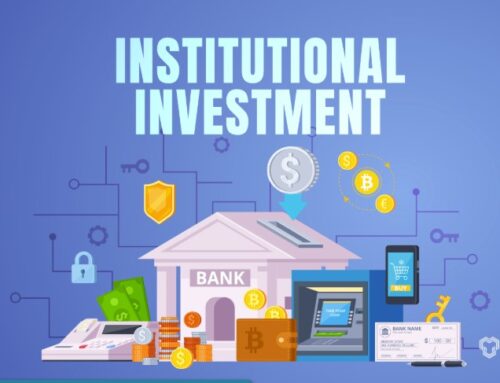Don’t look to Nasdaq 5000 to find the ‘silly’ in tech investing
February 23, 2015
On its return trip to 5000, the Nasdaq Composite reflects little of the silliness of its first visit 15 years ago.
That’s partly because the frothiest investments in Silicon Valley are in private companies whose value isn’t captured in the index, which once was the barometer of the hyper-growth tech economy.
The Nasdaq’s climb to within 1% of the 5000 level has been a sober trudge compared to the giddy rocket shot in 1999 and 2000 that resulted in the fleeting peak of the Tech Bubble.
The biggest Nasdaq companies today are cash-rich bellwethers whose shares trade at unremarkable price-to-earnings multiples. Fifteen years ago, they were wildly overpriced and in some cases barely profitable.
“Tech has always been cyclical,” says Yahoo Finance’s Henry Blodget in the attached video. “We are in a boom phase. We probably have another year or two left at most, then we’ll go into a bust.”
But, says Blodget, who famously was an Internet sector analyst in the bubble years: “It looks nothing like the late 1990s.”
Still, Silicon Valley is assigning unprecedented valuations to a handful of anointed post-startup companies in what has emerged as a “private IPO market.” Recent financing rounds have valued Uber around $40 billion, Snapchat at $19 billion and Pinterest at $11 billion.
By contrast, Amazon.com (AMZN) went public in 1997 at a $500 million valuation. Thanks to stiffer regulation and residual conservatism among investors in IPOs, companies today have less need and desire to rush for the public markets.
This means much of the wealth creation and reward for aggressive risk-taking among hot young companies occur outside the public stock markets, where most small investors can’t participate.
Of course, many mutual funds are trying to play this game. “There is so much pressure to get in on these guys that private valuations are going up,” Blodget says. “So there may not be much opportunity there” once this elite Silicon Valley class goes public.
The corollary to this is that if these private company valuations prove bubbly and delusional, when punctured they won’t directly undercut portfolios of the more mature companies dominating the Nasdaq and the broader market.
Last week, an analyst at Cowen & Co. suggested that Facebook Inc.’s (FB) Instagram businesscould be worth $33 billion alone, which he said supported a far higher fair value for Facebook shares. But to the extent that this $33 billion proposed value for Instagram is based on private-company comparable valuations, it rests on a bit of flawed reasoning.
Private social networking company valuations are premised on a potential sale or IPO down the road, but Instagram has already been bought by a public company that investors own for revenue and profit growth, not monthly active user tallies.
Even if the Nasdaq and broader U.S. stock market doesn’t closely resemble the bubble of 15 years ago, it’s clear stocks are growing a bit rich. The Standard & Poor’s 500 index’s multiple on forecast earnings for the coming year is now at an 11-year high.
Blodget likes to focus on the “Shiller P/E” which averages the past tech years’ profits, which he characterizes as “historically incredibly expensive if you cyclically adjust earnings” and assuming “profit margins will regress at least toward the mean.”
This weekend, he elucidated his long-held cautious view on future equity-market returns and moved in the direction of betting on a market decline with his own money.
Aside from the concrete numbers on profits and what investors are willing to pay for them, it might be time to listen up for New Paradigm chatter coming from an overconfident tech economy. Blodget, for one, thinks the sudden rush of buoyant hope that Apple Inc. (AAPL) can “wave a magic wand” and produce a car business worth more than, say, BMW, shows unbounded overconfidence.
When “the ethos in Silicon Valley” conveys the message that “anything we think of will become reality and will be worth so much more than those schmoes in the rest of the country could ever imagine,” Blodget says, “that’s when you’ve got to worry.”
Search
RECENT PRESS RELEASES
Related Post





